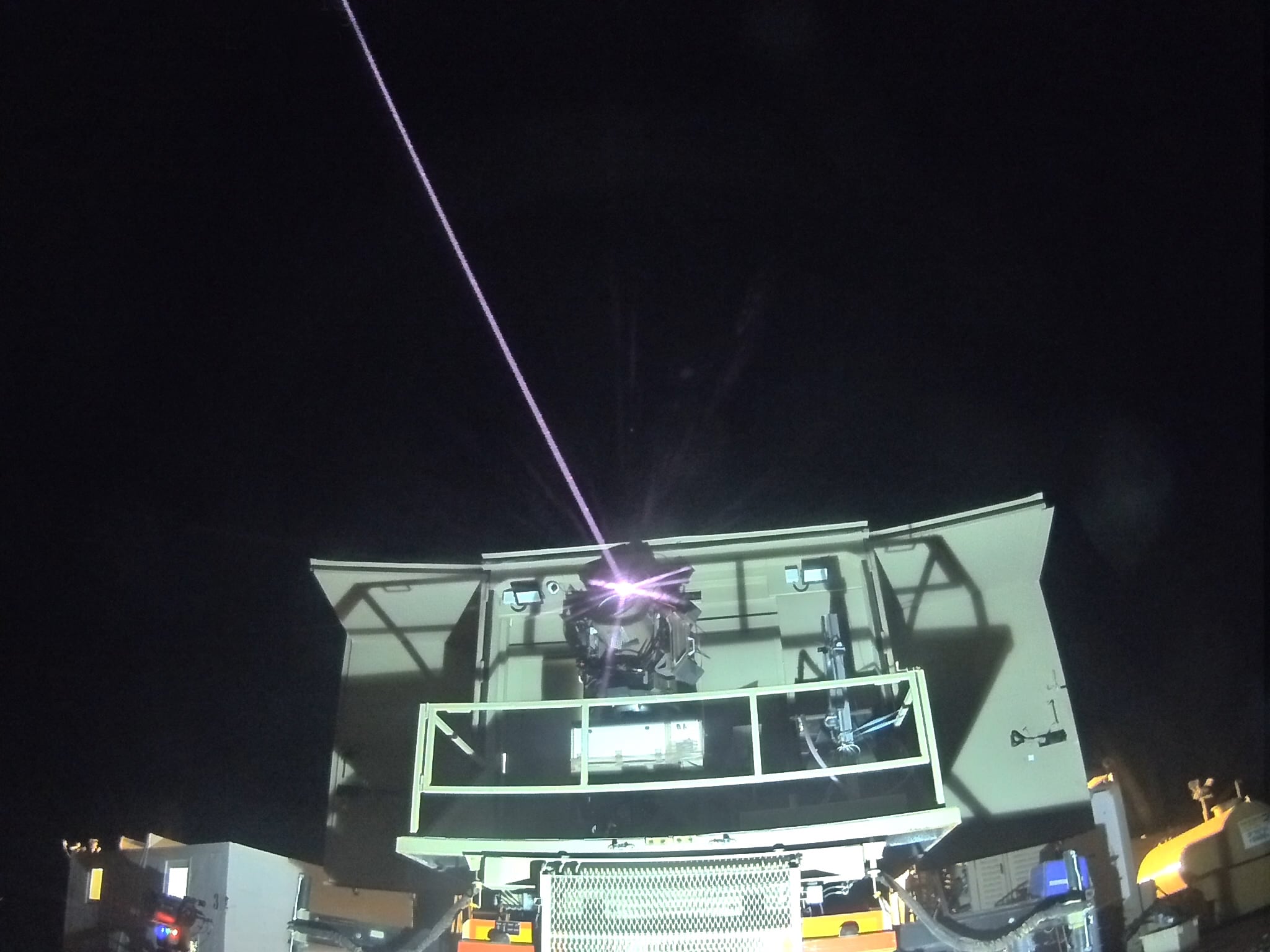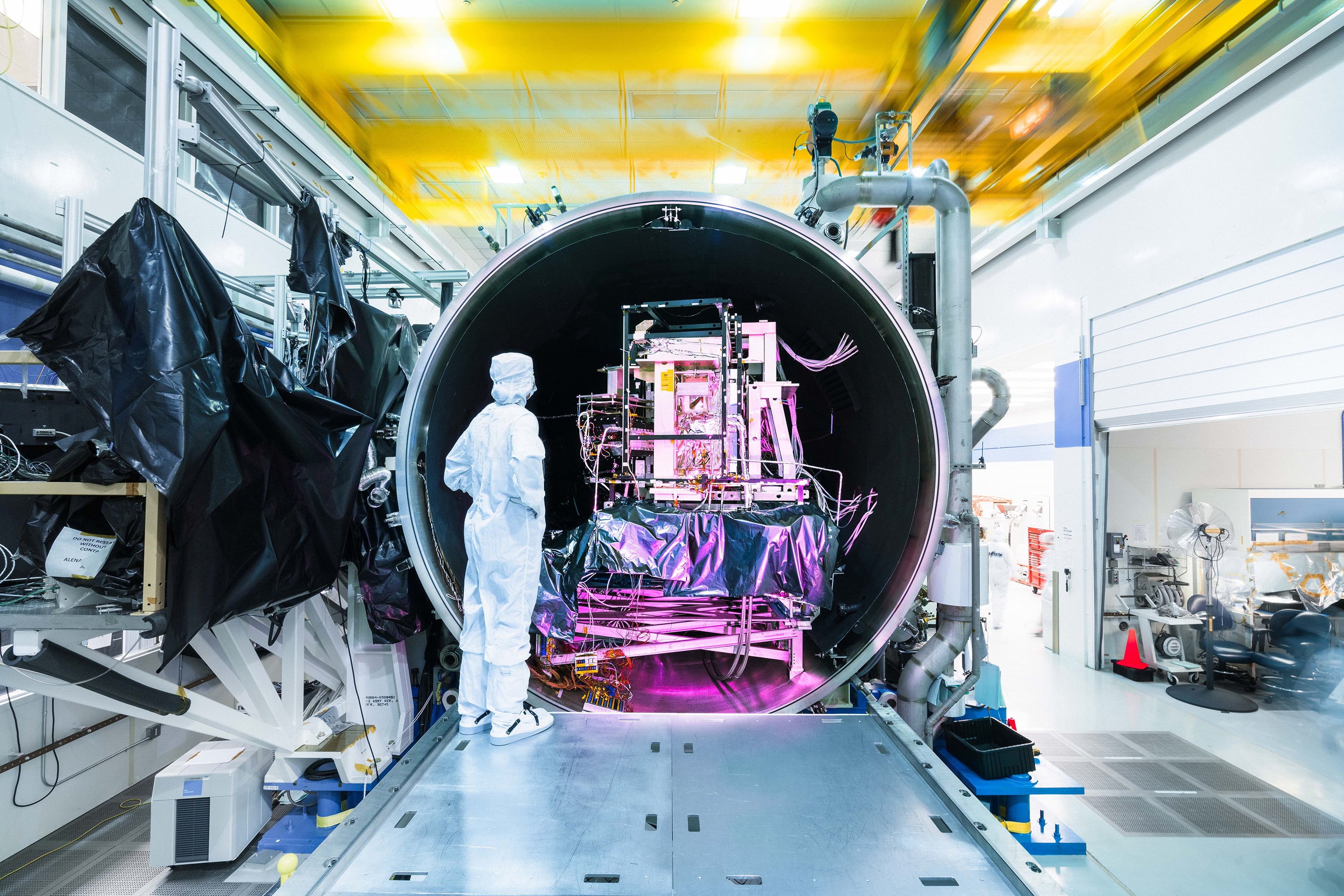Setting up parameters for what AI can and cannot do is critical to using it successfully. 4 months ago
Today’s operational environments demand more from our warfighters than ever before. 6 months ago
A look at network infrastructure, the use of artificial intelligence and machine learning and how troops in the field can effectively use data. 13 months ago
A look at the challenges of testing command and control systems, including how to test systems without disruptions, and more. 14 months ago
Multicloud environments reflect the changing nature of the mission, providing resiliency and agility crucial for always-on, global operations. 19 months ago
In this webcast, C4ISRNET explored the tools available to help manage and evaluate data, the skillsets needed to get the most from those tools, and more. 19 months ago
The U.S. Army is eyeing Iron Beam as a possible alternative laser to augment its own fire protection capability. 2 years ago
Success in the modern battlespace depends on mission data being connected, secured, and analyzed throughout the mission chain. 2 years ago
The speed, scale and intensity of Russian hybrid activities has increased in recent years, notes David Cattler. 3 years ago
As the Pentagon’s Small Business Strategy makes clear, small companies are key to helping the U.S. ensure its technological superiority. 3 years ago
In this webcast, C4ISRNET examined the challenges of establishing and using communications networks in congested and contested environments and more. 3 years ago
In this webcast, C4ISRNET examined how DoD transform existing installations into military smart bases that can empower and protect their personnel. 3 years ago
The potential of hypersonic weapons has military leaders rethinking everything they knew about missiles. 3 years ago
C4ISRNET looked at how data is influencing decision making on the battlefield, what the military needs to meet its data-sharing goals. 3 years ago
They are low cost and the fact that they can be built or modified using commercial off-the-shelf hardware makes them expendable. 3 years ago
As the nature of aerial threats changes, radar systems have to adapt to provide effective defense. 3 years ago
C4ISRNET examined how DoD plans to establish a network of ‘smart bases’ and their recent efforts to transform existing installations into military. 3 years ago
System also delivers data to partner weather and climate satellite systems controlled by the U.S. Space Force. 3 years ago
Load More



















